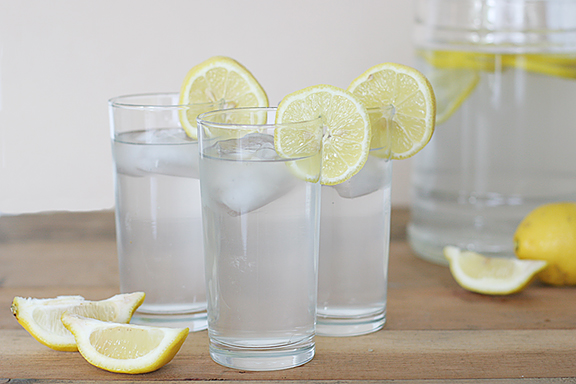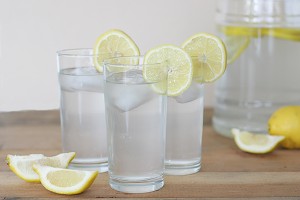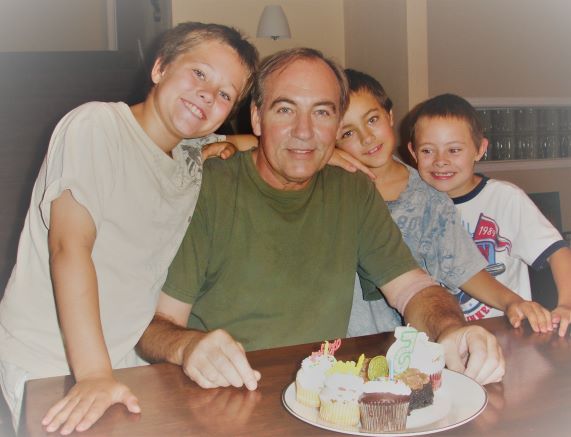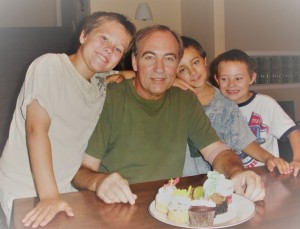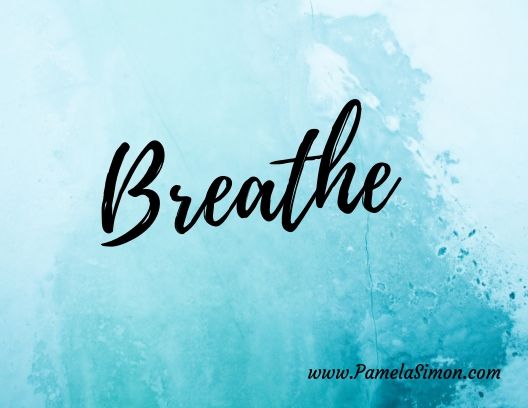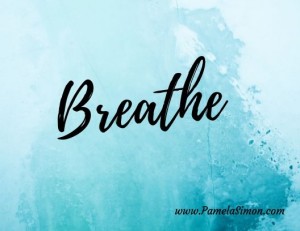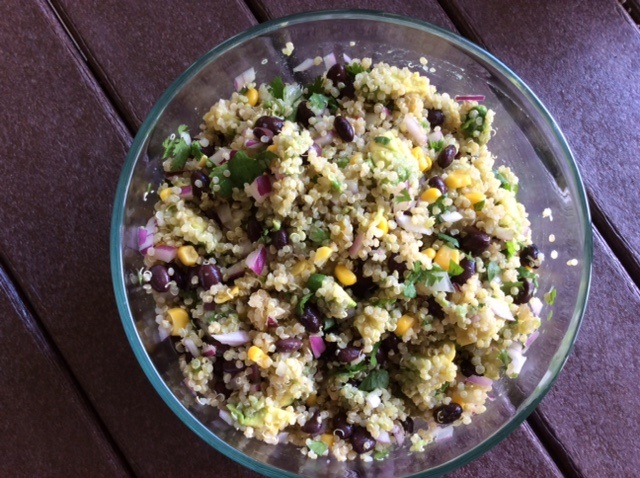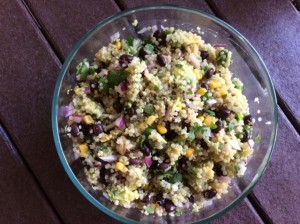Are you drinking enough water?
Hello there,
Living in Arizona for the last fifteen years has given me ample reason to pay more attention to my levels of hydration, especially in the summer!
Dehydration can occur when you use or lose more body fluids than you’re taking in. Many people believe that when they are thirsty, it’s a good indicator that they need to drink more water.
However, according to the Mayo Clinic, thirst isn’t always a reliable early indicator of the body’s need for water. Many people don’t feel thirsty until they’re already dehydrated. That’s why it’s important to increase water intake during hot weather, when you exercise or if you’re feeling ill.
When you’re grieving you may not feel like eating or drinking, even water. But it’s imperative to keep up your fluid intake.
Throughout Larry’s illness and after his death I cried like I never cried before. I remember I was constantly thirsty. My lips were chapped, my skin was dry, my body ached, and I experienced headaches off and on. Yes, all of these are attributable to grief, yet they were also signs I needed more water.
Of course, I did!
The tears would roll down my face like a rapid river. I can’t even begin to measure how much water my body lost through my tears.
While I drank water, it seemed as though I couldn’t get enough.
As I healed, the volume of tears I shed lessened. But my awareness to my intake of water and its effects on my overall health has remained.
There are many factors that can affect our level of hydration and/or cause dehydration:
Climate: excessive heat, altitude
Excessive sweating
Exercise
Illness: fevers, vomiting, diarrhea
Excessive urination – from undiagnosed diabetes, certain medications (such as diuretics)
Why is water and staying hydrated so important?
The human body is approximately 60% water. Every cell, tissue and organ relies on adequate hydration to function properly. Below are some of the important roles of water within the body:
The brain needs water to function properly. Without it, the brain’s processing abilities are affected and short-term memory is impaired.
Water acts as a shock absorber for the brain and spinal cord.
Water allows cells to grow, reproduce and survive.
The digestive tract wouldn’t function properly without water. It’s essential in the creation of saliva (to break down our food) and in the intestinal tract, where water and fiber are both needed to help eliminate waste.
Water is necessary to regulate your body temperature through perspiration and respiration.
Water is a lubricant for muscles and joints and helps keep them working properly. Anytime I feel sore muscles and/or achy joints at the end of the day I know I didn’t drink enough water that day.
What are some signs you may not be drinking enough water?
The first sign is easy enough: check your urine. Infrequent urination and the color of urine speaks volumes. With adequate hydration urine should be clear. If it’s dark yellow, you’re clearly not drinking enough water.
To my kid’s embarrassment I’ve called them out on the color of their urine quite a few times (they’re boys who “forget” to flush). If I happen to go to the bathroom after one of them and I see dark yellow, I start making the rounds asking who just used the bathroom and who isn’t drinking enough water. Oh yes, there are days I know they wish I hadn’t gone down this health path!
Below are more symptoms listed by the Mayo Clinic that can signal inadequate water intake and dehydration:
Dry, sticky mouth
Sleepiness or tiredness — children are likely to be less active than usual
Thirst
No wet diapers for three hours for infants
Few or no tears when crying
Dry skin
Headache
Constipation
Dizziness or lightheadedness
So, you might be wondering, what is an adequate amount of water to consume?
The rule of thumb is to drink one-half your body weight in ounces of water. For example, if you weigh 150 pounds, then you should be drinking 75 ounces of water daily.
However, you need to increase your intake if you consume caffeinated beverages (coffee and soda are the most common) and/or alcohol. In addition, some medications may lead to loss of water and you may need to drink more water to compensate for this.
Be sure to talk to your doctor about any medications you’re taking that may affect hydration.
I know that may sound like a lot of water, but there’s more than one way to increase your level of hydration.
Herbal teas can count toward your daily goal of water intake. Just remember green tea and black tea contain caffeine, which has diuretic properties and would require you to drink more water.
Juicing is a great way to increase your fluid intake.
100% fruit juices can count but I caution you to limit fruit juices if they have a high sugar content.
Soup is a great way to add liquids into your diet. A hot bowl of soup in the summer doesn’t sound appetizing, but there is always gazpacho!
Fruits and vegetables that have high content of water (oranges, grapefruit, even lettuce) can contribute to an adequate level of hydration.
Try sparkling water with fresh squeezed lemon or limes in lieu of soda.
Get a water infuser and experiment with different herbs, fruits and vegetables to flavor the water.
So, if you’re looking at a list of changes you need to make with respect to your health, I hope this one’s at the top of your list.
Bottom line: our bodies need water to function properly. With all the diet recommendations/changes you may be contemplating, this one is by far the simplest one to implement. Mostly because it’s one thing YOU have the ability to control.
No matter what steps you choose to take this year, I pray you have support from family and friends and- most importantly faith in yourself that you can do it!
Many blessings,
Pam

